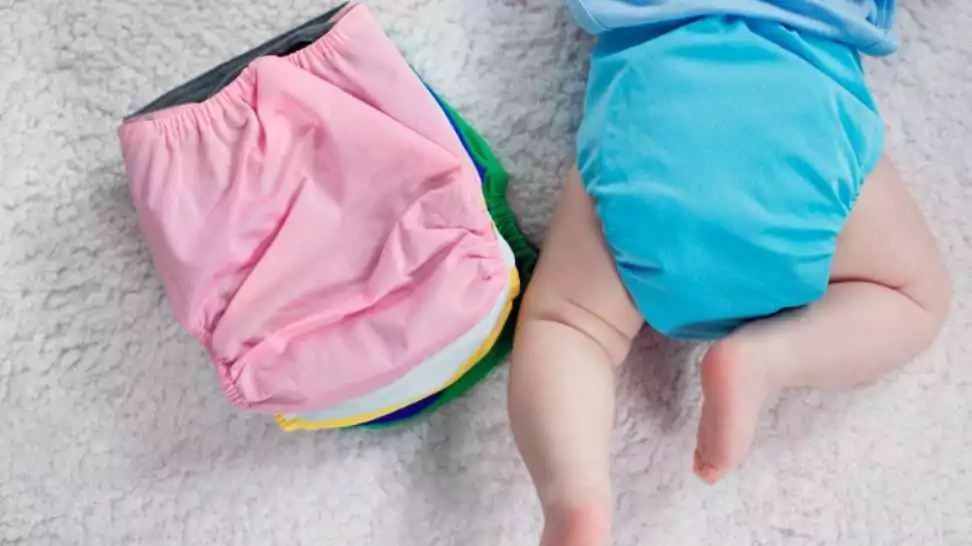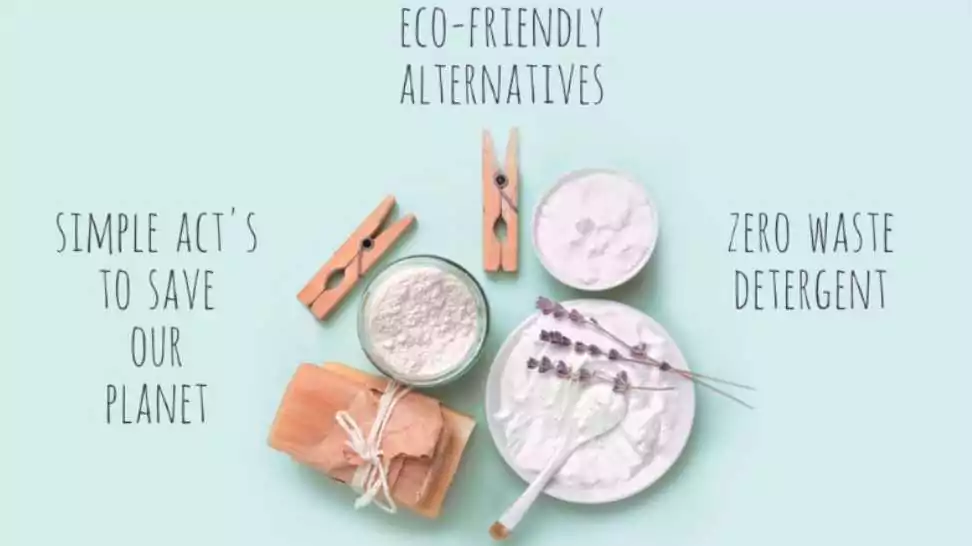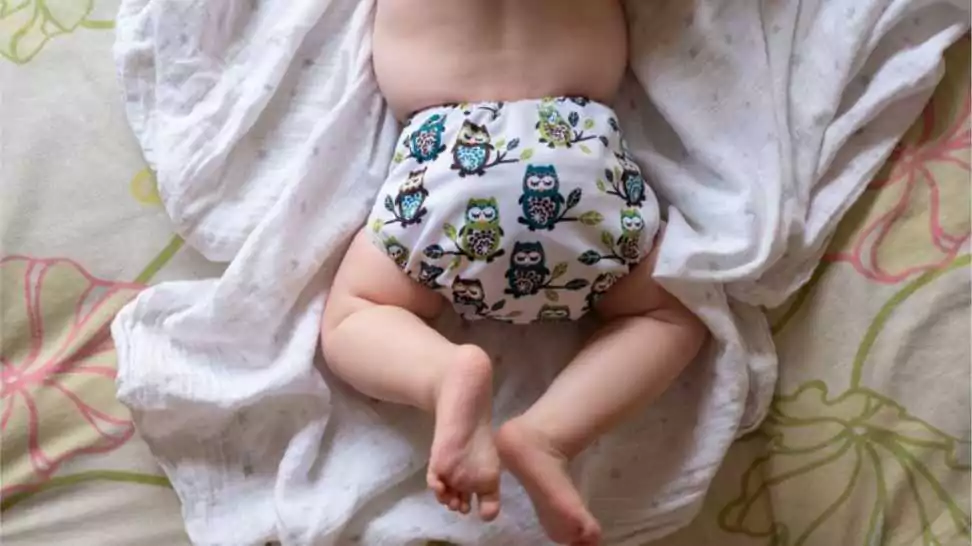Are Cloth Diapers Good For Babies?

When it comes to diapering, new parents often find themselves navigating a sea of options, each with its advocates and detractors. The debate between cloth and disposable diapers is particularly fervent, with strong opinions on both sides. Some praise cloth diapers for their eco-friendliness and cost-effectiveness, while others praise disposables’ convenience and advanced technology. This article aims to delve into the world of cloth diapers, examining their benefits and drawbacks to determine their suitability for infants. By the end of this piece addressing ‘Are Cloth Diapers Good For Babies?’, you will have a clearer understanding of whether cloth diapers are a wise choice for your baby.
1 Understanding Cloth Diapers
Cloth diapers have been a traditional method of diapering for centuries, evolving significantly over time. Originally just a piece of cloth wrapped around a baby, modern cloth diapers have become sophisticated with various designs and materials. This section will trace the journey of cloth diapers from their humble beginnings to their current resurgence in popularity among eco-conscious and budget-aware parents.
Types of Cloth Diapers

There are several types of cloth diapers available in the market, each with its unique features and benefits:
- Prefolds: These are rectangular pieces of cloth folded into three sections. They are economical and versatile, requiring a cover to prevent leaks.
- Fitted: These diapers are shaped to fit babies without folding. They come with elastic leg openings and waistbands for a snug fit, often requiring a waterproof cover.
- Pocket: These diapers have a pocket for inserting absorbent liners. The customisable absorbency and easy-to-clean design make them popular among parents.
- All-in-One: The most convenient type, these diapers combine a waterproof outer layer with an attached absorbent inner layer, mimicking the ease of use of disposable diapers.
- Hybrid: Hybrids offer the best of both worlds, with a reusable outer shell and a choice between a cloth or disposable insert, making them versatile for different situations.
How to Use and Maintain Cloth Diapers
Using cloth diapers involves a few key steps:
- Choosing the Right Size and Type: Depending on your baby’s age, size, and lifestyle, select the appropriate type and size of cloth diaper.
- Prepping the Diapers: New cloth diapers often require pre-washing to enhance their absorbency.
- Diapering: Place the diaper on your baby, ensuring a snug but comfortable fit to prevent leaks.
- Washing and Drying: Develop a routine for washing cloth diapers, which includes rinsing off solids, storing until wash day, and using a gentle, baby-friendly detergent.

2 Environmental Impact
The Environmental Footprint of Cloth Versus Disposable Diapers
In the ongoing debate about cloth versus disposable diapers, environmental impact is a significant factor. This section will compare the ecological footprint of both types of diapers, considering aspects such as raw material sourcing, production processes, and end-of-life disposal. We’ll look at the carbon footprint and the amount of landfill waste generated by disposables, versus the water and energy consumption associated with washing cloth diapers.
Life Cycle Analysis
A comprehensive lifecycle analysis provides a clearer picture of the environmental implications of each diapering option. This includes:
Resource Usage in Manufacturing: Understanding the resources required to produce cloth and disposable diapers, including water, energy, and raw materials.
Washing and Maintenance of Cloth Diapers: Assessing the environmental impact of laundering cloth diapers, including water usage and energy consumption.
Disposal: Evaluating how disposables contribute to landfill waste versus the decomposability and potential for recycling of cloth diapers.
This analysis will help in understanding the long-term environmental consequences of each diapering option.
The Role of Eco-friendly Detergents and Energy-Efficient Washing Machines

An important aspect of using cloth diapers is the choice of detergents and washing machines. Eco-friendly detergents that are less harmful to the environment and suitable for washing cloth diapers can significantly reduce the ecological impact. Additionally, the use of energy-efficient washing machines and sustainable laundry practices (like line drying) can further decrease the environmental footprint of cloth diapering. This section will provide tips and recommendations for parents to make their diapering routine as eco-friendly as possible.
3 Cost Analysis
Initial Investment vs. Long-Term Savings
One of the key considerations for many families when choosing between cloth and disposable diapers is the cost. This section will provide a detailed comparison of the initial investment required for cloth diapers versus the ongoing expense of disposables. We will consider the average number of diapers a baby uses, the cost per diaper for both types and how these expenses accumulate over time. This analysis will extend to the potential savings that can be achieved with cloth diapers, especially when they are used for multiple children or sold after use.
Factors Influencing the Cost-Effectiveness of Cloth Diapers
The cost-effectiveness of cloth diapers is not just a matter of purchase price; it also involves various factors such as:
Usage Patterns: How often a child is changed and the number of diapers used per day can significantly impact overall costs.
Maintenance Costs: This includes the expenses related to laundering cloth diapers, such as water, electricity, detergent, and wear and tear on washing machines.
Lifespan and Durability: The durability of cloth diapers and their ability to last through multiple children can also affect their overall cost-effectiveness.
4 Myths and Misconceptions
Addressing Common Misconceptions About Cloth Diapering
Despite the growing popularity of cloth diapers, several misconceptions persist, which can deter parents from considering this option. This section will tackle some of the most common myths:
- Hygiene Concerns: There’s a widespread belief that cloth diapers are less hygienic than disposables. We’ll examine how proper laundering techniques and modern diaper designs ensure that cloth diapers are just as sanitary, if not more so, than their disposable counterparts.
- Fear of Leaks: Another common concern is that cloth diapers are more prone to leaks. We will discuss the advancements in cloth diaper technology, such as waterproof covers and highly absorbent materials, which effectively prevent leaks.
- Workload Worries: Many parents worry about the added workload of washing and maintaining cloth diapers. This myth will be addressed by presenting real-life routines and efficiencies adopted by families who use cloth diapers, showing that the extra effort can be manageable and even rewarding.
- Real-Life Experiences: Sharing Anecdotes and Testimonials from Parents Who Use Cloth Diapers
To give a more personal and relatable perspective, this section will feature anecdotes and testimonials from parents who have embraced cloth diapering. These stories will highlight the practicalities, joys, and challenges of using cloth diapers, offering insights into the day-to-day realities of families who have chosen this path. By sharing diverse experiences, from urban dwellers to rural families, this part of the blog will provide a balanced and nuanced view of cloth diapering, helping to dispel myths with real-world examples.

5 Making the Right Choice for Your Family
Individual Factors to Consider
Choosing between cloth and disposable diapers is a personal decision, influenced by various factors unique to each family. This section will discuss key considerations to help parents make the best choice for their situation:
- Baby’s Skin Sensitivity: Parents of babies with sensitive skin might find cloth diapers, which lack chemicals found in some disposables, a better option. We’ll explore how different materials used in cloth diapers can affect sensitive skin.
- Family Lifestyle: The choice of diapering method should align with the family’s lifestyle. Busy schedules, access to laundry facilities, and environmental concerns are some of the lifestyle factors that can influence this decision.
- Budget Considerations: While cloth diapers may require a higher initial investment, they can be more cost-effective in the long run. This section will provide a nuanced look at budgeting for both options, helping families to understand the financial implications of their choice.
Tips for Transitioning to Cloth Diapers
For families considering the switch to cloth diapers, this part of the section will offer practical tips and advice for a smooth transition. From selecting the right type of cloth diaper to gradually integrating them into their daily routine, these tips will aim to make the transition less daunting.
Resources for Further Information and Support
To assist parents in their diapering journey, this section will conclude with a list of resources for further information and support. This will include websites, online communities, and local groups where parents can find additional advice, share experiences, and connect with other families using cloth diapers. We will also provide information on where to buy cloth diapers and accessories, as well as how to access tutorials and demonstrations for those new to cloth diapering.
6 Wrapping Up
In our exploration of cloth diapers, we’ve tackled essential aspects to help you choose the right diapering option for your baby. We’ve looked at types, maintenance, impacts on health and environment, cost, and lifestyle fit, clearing up common misconceptions along the way.
Remember, diapering is a personal choice, influenced by factors like skin sensitivity, lifestyle, budget, and environmental concerns. Every family’s situation is unique, and there’s no universal solution. The key is to find a balance that aligns with your family’s needs and values.
Ultimately, whether you opt for cloth, disposable, or a mix, the goal is to choose what’s best for your baby and your family. We hope this blog has equipped you with the knowledge to make an informed decision, and we encourage you to seek out communities and resources for further support.
Community Q&A
About This Article
This article has been viewed 114 times.



